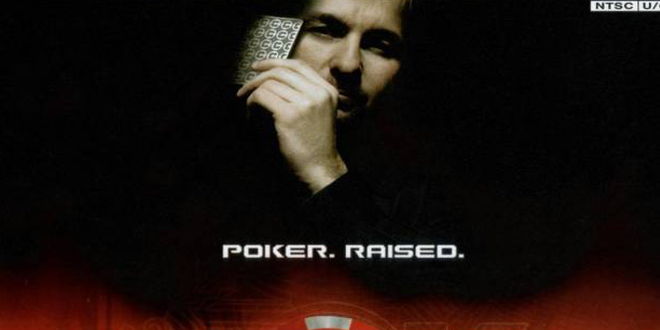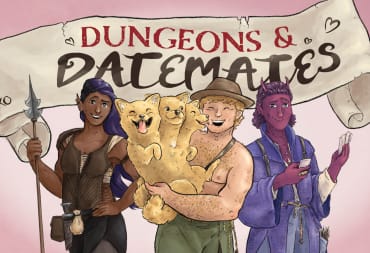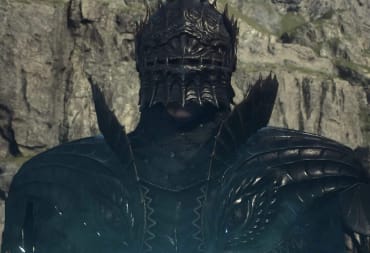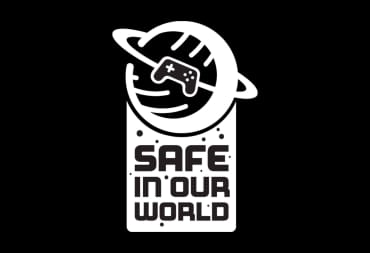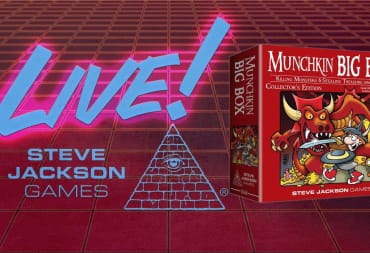For those who may not know, the World Series of Poker just wrapped up its six week summer of poker action. Every summer the WSOP provides some of the most exciting action for poker players around the world, with daily tournaments and cash games of all stripes for professionals and amateurs alike. Just yesterday, the WSOP main event had established their final 9, who will play for the WSOP championship in November.
Poker as a game has always been a popular pastime and has been steadily rising in popularity since 2003, thanks in part to online poker and the advent of poker on TV. In the U.S though, online poker has been made illegal to play since 2006 and was finally enforced by the U.S government in 2011. Today, only three states out of 50 allow legal poker online, as legislation is very tight regarding poker online.
We saw that same rise and fall of poker in the world of video games. From 2004-2009, it would be impossible to go through a store without seeing at least one video game dedicated to poker. While some of these games were able to capture the pageantry of poker on TV—chocked full of well-known professional players, tons of customization options and recreating poker rooms around the world—the poker in them was rarely up to snuff. Most AI systems for these games were exploitable, making the actual poker action quite boring to play overall.
Enter Stacked with Daniel Negreanu. Out of all the poker video games released over the years, none have come as close as Stacked to being the most accurate simulation of what it is like to be a poker player. Combine this with one of the biggest personalities in poker, a 6-time WSOP bracelet winner and the leader on the all-time money list for tournament poker, Stacked was much more than any other poker game on the market—it was a fun tool that could actually sharpen your game if you played your cards right.
https://www.youtube.com/watch?v=WO8k47_lP0M
The secret to the games success stems from the games AI. Under the hood, Stacked employed the Poki AI, an algorithm created by the University of Alberta Computer Poker Research Group. The group wanted to simulate an accurate AI that would change its own playstyle to reflect the style of the player.
This is important, as those who play poker know how adjusting how you play against those around you is a key to success. The AI created several levels of “play” against the player; one minute, you can be facing a player playing very tight, to dealing with a maniac who raises every hand. A good poker player would adjust their game accordingly to match against their opponents to maximize your winnings. This gave the Poki AI an edge, as it was able to accurately recreate behaviors through an algorithm.
The University of Alberta began working on the Poki AI in the late 1990s. Their first public release with the AI was actually in 2003, with a piece of software titled Poki’s Poker Academy. The game would use hundreds of these aforementioned algorithms to simulate poker hands and strategies for Texas Hold’em, allowing players to practice their skills with a thinking computer opponent without much risk to the player’s actual finances. The software would eventually be discontinued in 2005 to make way for a series of games utilizing the Poki AI.
Enter Stacked. Backed by Myelin Media Inc, a small-time New York game publisher, the Poki AI would be utilized into a video game for the first time outside of the PC. “With more than 60 million Americans playing poker, Texas Hold 'em is emerging as a national pastime," said Gene Mauro, CEO of Myelin Media in a 2005 press release. "Poker is as much a lifestyle as a game, and Stacked offers an immersive experience for those looking to advance their skill and enjoyment of the sport."
Myelin Media was a brand new studio, forming in 2004 and publishing PC game Immortal Cities: Children of the Nile. Stacked would be their first console and first multi-platform release, as well as their first high-profile game backed by a celebrity. Poker professional Daniel Negreanu would not only lend his likeness to Stacked, but would also provide tips and small instructional videos explaining the basics of poker and poker strategy to the player.
https://www.youtube.com/watch?v=-q6kzb1Aojk
Stacked was also the only poker video game at the time to attempt to simulate facial gestures to the player. Many of these would also become cues for tells regarding the AI players hands, another important skill professional players utilize in real life. The attempt at simulating body language is very hit or miss, however, and works better as a concept over its actual execution. Stacked wanted to convey as much information as possible to help force the player in paying attention to their hand, as any form of information would increase their chances of actually winning.
Unlike other poker games on the market, Stacked focused more on the realities of poker playing, offering players only small buy-in games at first, before moving onto games worth thousands of dollars. Combined with the Poki AI and the attempts at real-life facial tells and betting patterns, Stacked would seem to be poised to be a fairly big seller, as far as poker video games go at least. Sadly Stacked, compared to other poker video games, was quite shallow in other features. For example, only Limit and No-Limit Hold’em were playable, whereas other poker variants found in contemporary titles were noticeably absent. There was also less customization and “real world” charm to Stacked, instead going bare bones on everything, including the games graphics and sound design, to instead focus on the poker simulation.
Without all the bells and whistles attached to other poker video games, Stacked had a lot of trouble standing out among the glut of games brandishing big-named pros and WSOP bracelets on their cover. In fact, Myelin Media would fold after releasing Stacked in mid-2006 to very poor sales across the board compared to other poker video games.
Stacked was, however, the only poker video game to not be deemed shovel ware by reviewers at the time. As Dan Amrich of Gamesradar said in his review, “It's a far better real-world poker trainer than other games could ever hope to be.” Stacked, combined with its AI algorithms and small-time charm, became a simulation tool over an actual video game, which gives the title decisively niche appeal to only die-hard poker fans and players looking to sharpen their game.
This does make Stacked a very tough sell to recommend, but it certainly makes it a nice bit of gaming history. Today it is rare to see a major poker video game getting a high profile release, so it could be safe to say that games like Stacked may never come around again. That is a shame too; while Stacked is not everyone’s cup of tea, for poker enthusiasts this is the one video game about poker they should get, as it is easily the best poker video game ever made.
I hope you enjoyed this weeks episode of Games You Never Heard Of. If you have any comments or suggestions, please leave them below or send me a message via twitter @LinksOcarina. See you next time.
Have a tip, or want to point out something we missed? Leave a Comment or e-mail us at tips@techraptor.net
